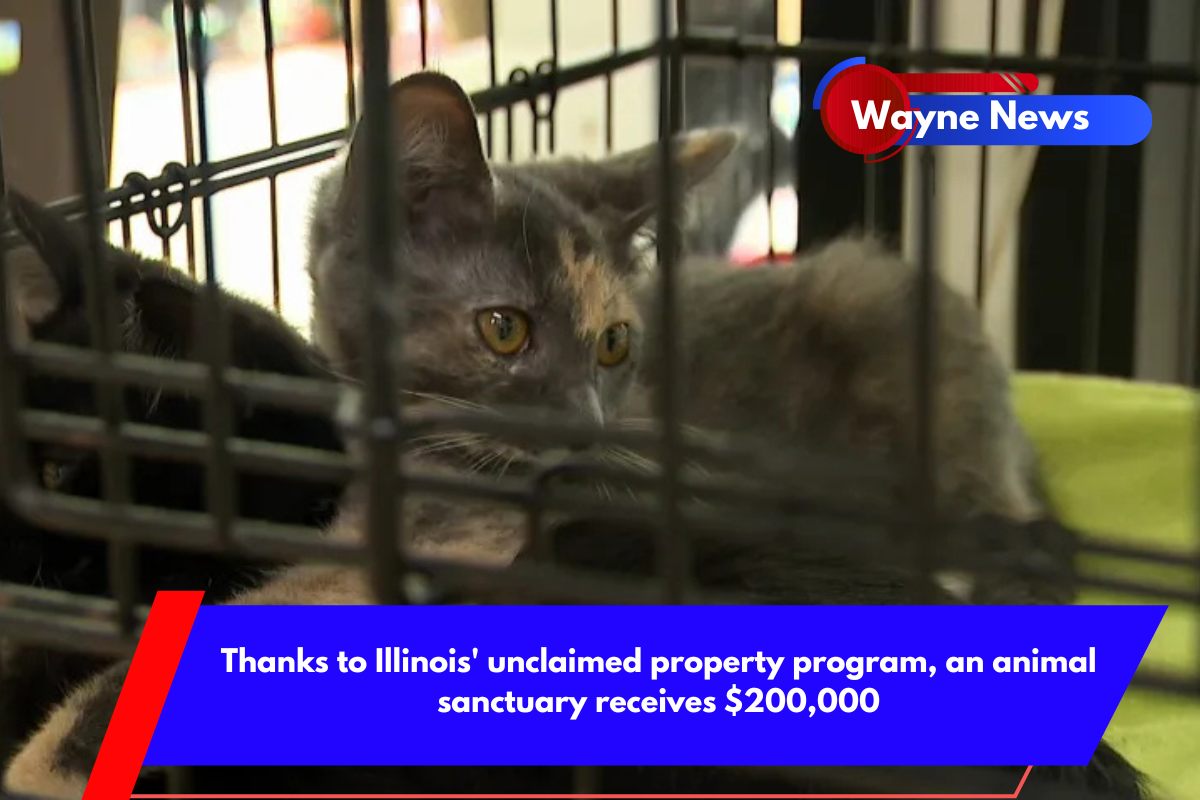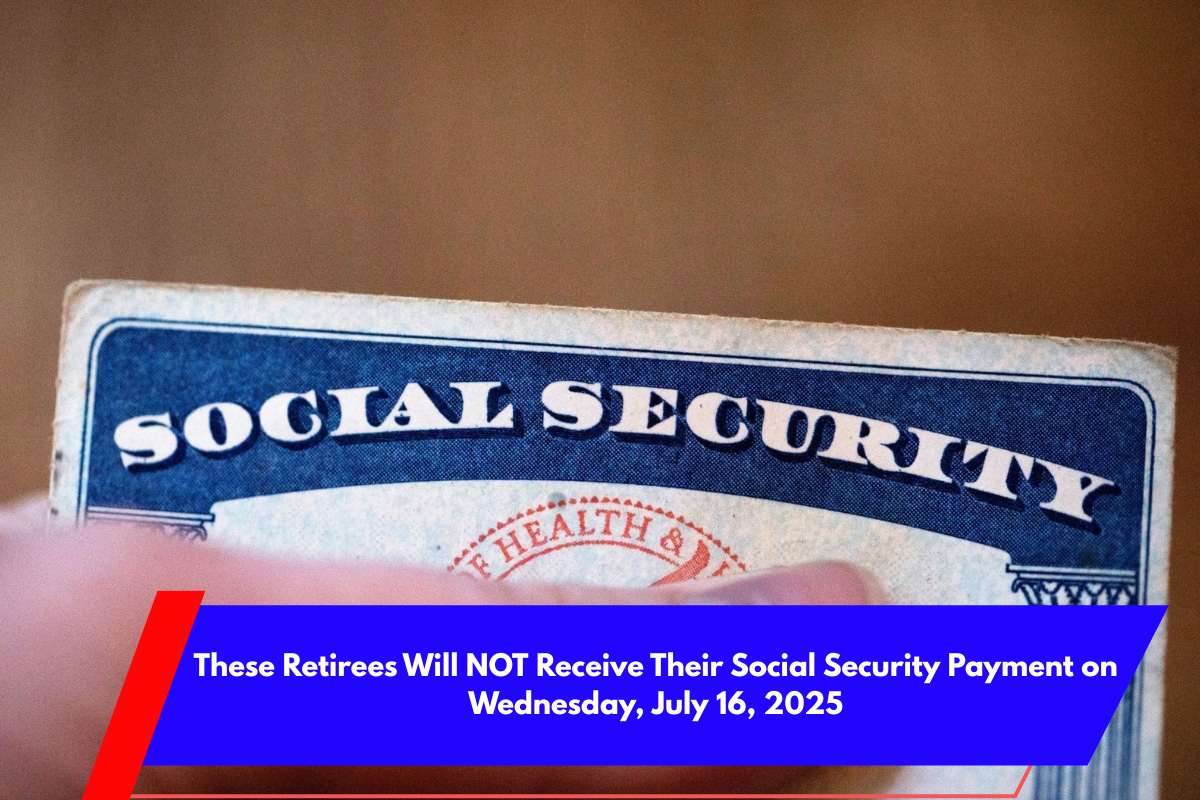Recent changes to the Supplemental Nutrition Assistance Program (SNAP) have raised concerns about the future of food assistance in the U.S., particularly for families who rely on these benefits to make ends meet.
With new legislative changes, millions of Americans could see a reduction or loss of SNAP benefits in the coming months. Let’s break down the impact of these changes, how you can navigate them, and what you need to do to keep your benefits.
What’s Happening with SNAP Benefits?
The U.S. Department of Agriculture (USDA) reports that due to recent changes in federal legislation, 22.3 million people could lose some or all of their SNAP benefits. According to the Urban Institute, 5.3 million of these individuals could see their benefits cut by at least $25 per month, with the average reduction estimated at $146 per month.
New Work Requirements for SNAP Recipients
One of the major components of the 2025 SNAP changes is the expansion of work requirements. Previously, adults aged 18-49 could receive benefits for only three months every three years unless they worked 20 hours per week or qualified for an exemption.
Now, the new legislation extends these requirements to individuals aged 55-64, parents of children 14 and older, and veterans. This expansion means that more people will need to meet these work requirements in order to maintain their benefits, further limiting access for many individuals who are already struggling.
Impact of State Financial Participation in SNAP
States are also facing new financial burdens under the new law. If a state’s payment error rate exceeds 6%, the state must cover a portion of the benefit costs—ranging from 5% to 15%. With the average error rate for 2024 being 10.9%, many states could struggle to meet these financial obligations. This could result in benefit reductions or, in the worst case, states withdrawing from the program entirely, which would worsen food insecurity for vulnerable populations.
Administrative Hurdles and Risks for SNAP Recipients
There are also increased risks related to administrative challenges. Some families may be excluded from the program if they fail to complete their benefits recertification process, even if their eligibility hasn’t changed. This is especially concerning for families who depend on SNAP for school meals or summer EBT benefits.
Additionally, the new law restricts SNAP eligibility to U.S. citizens and legal permanent residents, which may exclude some vulnerable groups who previously qualified for assistance.
Economic Impact of SNAP Cuts
The U.S. Department of Agriculture’s Economic Research Service (USDA ERS) estimates that every dollar spent on SNAP benefits generates about $1.54 in local economic activity. SNAP payments support grocery stores, farmers, transportation services, and many other sectors. Reductions in SNAP spending could lead to economic downturns, affecting not only beneficiaries but also local businesses and jobs.
How to Keep Your SNAP Benefits: Recertification Process
Despite these changes, you can still keep your SNAP benefits if you follow the recertification process properly. Here’s how:
When to Recertify
You’ll receive a notice (by mail or email) 30-60 days before your certification period ends. Don’t ignore this notice—mark the date! Your recertification deadline is usually the 15th of the month listed on your notice. For example, if your benefits expire August 31st, you must recertify by August 15th.
How to Recertify
Fill out the forms: Ensure you complete every section of the forms sent to you, just like your initial application. You’ll need to update details such as income, rent, bills, and who lives in your household.
Gather supporting documents: Before submitting, collect all necessary documents, including:
Recent pay stubs (from the past 30 days)
Rent receipts or lease agreement
Utility bills
ID for all household members
Child support papers, if applicable
Submit everything: Submit the forms online via your state’s benefits portal for the fastest processing. If you prefer not to use the internet, you can still submit in person at your local SNAP office (be sure to check office hours) or mail your application via certified mail with tracking for security.
Don’t forget the phone interview: After you submit your documents, the phone interview is the final step. The interview could happen at any time, so be prepared. If you miss the call, your benefits may be automatically denied. If you haven’t received the call by your deadline, you should call the SSA directly—be sure to have your case number ready.
Avoiding Mistakes and Missing Out on Benefits
Don’t miss out on your benefits by making small mistakes in your application or recertification. Always double-check your information, especially banking details and income figures. Any discrepancies could delay your benefits.













